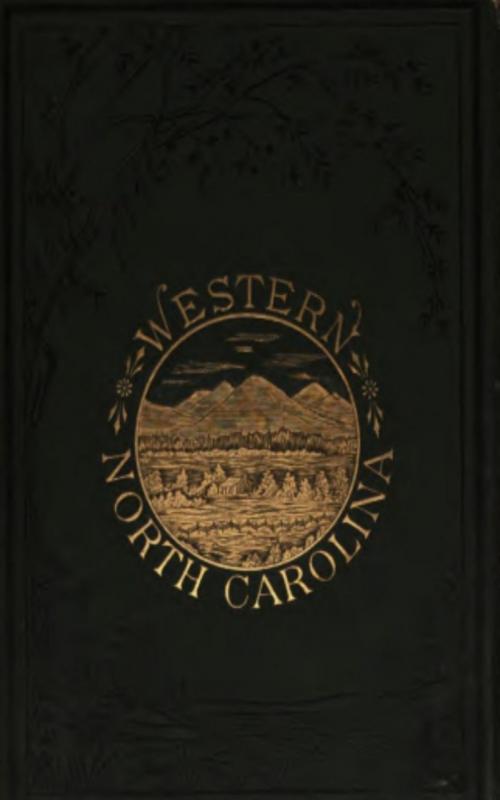| Author: | Ben S. Grosscup Wilbur G. Zeigler | ISBN: | 9783736411074 |
| Publisher: | anboco | Publication: | August 24, 2016 |
| Imprint: | Language: | English |
| Author: | Ben S. Grosscup Wilbur G. Zeigler |
| ISBN: | 9783736411074 |
| Publisher: | anboco |
| Publication: | August 24, 2016 |
| Imprint: | |
| Language: | English |
The great mountain system that begins in that part of Canada south of the St. Lawrence, and under the name of the Alleghanies, or Appalachians, extends southward for 1,300 miles, dying out in the Georgia and Alabama foot-hills, attains its culmination in North Carolina. The title of Appalachians, as applied by De Soto to the whole system, is preferred by many geographers. Alleghany is the old Indian word, signifying "endless." It is ancient in its origin, and in spite of its being anglicized still retains its soft, liquid sound. It was not until a comparatively late year that Western North Carolina was discovered to be the culminating region. Until 1835 the mountains of New Hampshire were considered the loftiest of the Alleghanies, and Mount Washington was placed on the maps and mentioned in text books as the highest point of rock in the eastern United States. It now holds its true position below several summits of the Black, Smoky, and Balsam ranges.{8} From the barometrical measurements of trustworthy explorers, no less than 57 peaks in Western North Carolina are found to be over 6,000 feet in altitude. The more accurate observations being taken by means of levels, by the coast survey, may slightly reduce this number. It was John C. Calhoun who, in 1825, first called particular attention to the southern section of the system. His attention had been turned to it by observing the numerous wide rivers, and tributaries of noble streams, which, like throbbing arteries, came forth from all sides of the North Carolina mountains, as from the chambers of a mighty heart.
The great mountain system that begins in that part of Canada south of the St. Lawrence, and under the name of the Alleghanies, or Appalachians, extends southward for 1,300 miles, dying out in the Georgia and Alabama foot-hills, attains its culmination in North Carolina. The title of Appalachians, as applied by De Soto to the whole system, is preferred by many geographers. Alleghany is the old Indian word, signifying "endless." It is ancient in its origin, and in spite of its being anglicized still retains its soft, liquid sound. It was not until a comparatively late year that Western North Carolina was discovered to be the culminating region. Until 1835 the mountains of New Hampshire were considered the loftiest of the Alleghanies, and Mount Washington was placed on the maps and mentioned in text books as the highest point of rock in the eastern United States. It now holds its true position below several summits of the Black, Smoky, and Balsam ranges.{8} From the barometrical measurements of trustworthy explorers, no less than 57 peaks in Western North Carolina are found to be over 6,000 feet in altitude. The more accurate observations being taken by means of levels, by the coast survey, may slightly reduce this number. It was John C. Calhoun who, in 1825, first called particular attention to the southern section of the system. His attention had been turned to it by observing the numerous wide rivers, and tributaries of noble streams, which, like throbbing arteries, came forth from all sides of the North Carolina mountains, as from the chambers of a mighty heart.















